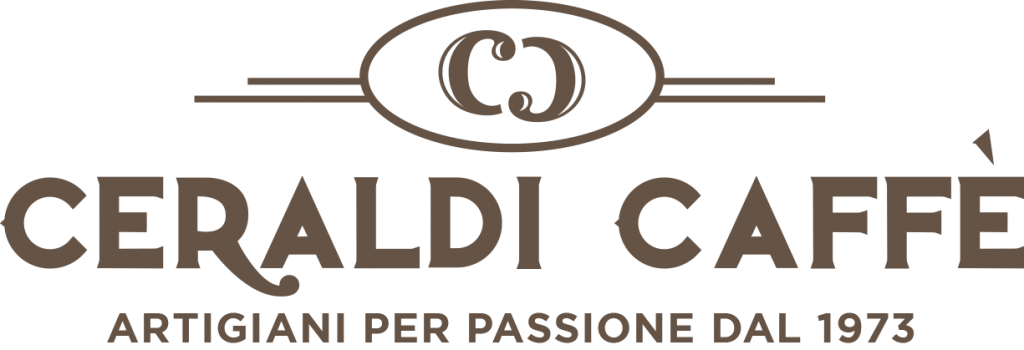Mastering the calculation of selling prices using markup percentage empowers businesses to strike a balance between profitability and competitiveness. Apply the insights from this guide to optimize your pricing strategy and drive business success. Markup percentage represents the proportionate increase in the selling price over the cost of goods sold (COGS). It serves as a vital tool for businesses to ensure profitability and cover operational expenses. The reason for the simplicity of this approach is that the markup percentage is set according to what is common in the industry, habits of the company, or rules of thumb. Therefore, any change in the cost of the unit leads directly to a proportional shift in price.
- On the other hand, if the markup percentage is too low, you may not make enough profit to sustain your business.
- One of the most common methods used to determine the selling price is through markup calculation.
- Before setting the markup percentage, it is essential to research your competitors and their pricing strategies.
- The gross profit equals $2 million, which we calculated by subtracting the COGS from the product revenue (and the gross margin is thus 20%).
How to Determine the Cost Price of Your Products or Services
The next step is to convert our markup price to the markup percentage metric by dividing the markup price by the unit cost, which comes out as a markup of 25%. Regularly review your markup strategy, especially when there are changes in costs, market conditions, or business goals. Accurately determining the markup percentage is crucial for maintaining a healthy bottom line. A well-calculated markup ensures profitability while remaining competitive in the market. This means that you would need to add a markup of 40% to the cost of the product to achieve a profit margin of 20%.
Markup Percentage Calculator Excel Template
For example, when you buy something for $80 and sell it for $100, your profit is $20. For example, small appliance manufacturers can sometimes assign markups of 30% or more, while clothing is often marked up by as much as 100%. The automotive industry is usually limited to a 5 to 10% markup on most new cars, but sports utility vehicles might enjoy markups as high as 25% or more. The markup percentage of 25% confirms our calculation from earlier was correct. Below is a break down of subject weightings in the FMVA® financial analyst program. As you can see there is a heavy focus on financial modeling, finance, Excel, business valuation, budgeting/forecasting, PowerPoint presentations, accounting and business strategy.
Simple Steps to Calculate Markup Percentage for Your Products
Markup is useful when you need to estimate how much you are charging over costs, while margin is useful to estimate what proportion of your revenue ends up as profit (net income). Suppose a retail store sells its products for an average selling price (ASP) of $100.00 each. But as a standalone metric, the markup price does not provide much insight, which is where the markup percentage comes in. This markup calculator was one of our first financial calculators that got a lot of love from our users. It’s just one of those tasks that salespeople have to perform often — they enjoy the flexibility of our tool (and the fact that they don’t have to know how to find markup).
For example, companies may increase the markup percentage to maximize their profit, which negates the idea of price elasticity. Once you have set the markup percentage, it is essential to monitor your sales and adjust accordingly. If your sales are low, you may need to lower the markup percentage to make your products or services more affordable. On the other hand, if your sales are high, you may be able to increase the markup percentage to increase your profit margin. Markup is the difference between the cost of producing or acquiring a product and the selling price. For example, if the cost of producing a product is $50 and the markup percentage is 20%, the selling price would be $60.
As a business owner, it is essential to understand how to calculate the selling price of your products or services. One of the most common methods used to determine the selling price is by using the markup percentage. The markup percentage is the amount added to the cost of a product or service to arrive at the selling price. In this article, we will discuss how to calculate the selling price using markup percentage and provide tips for adjusting the markup percentage to stay competitive in the market. In conclusion, calculating the selling price using markup percentage is a simple and effective method for determining the price of your products or services. By following the steps outlined in this article, you can calculate the markup percentage and adjust it based on market conditions and other factors.
This includes the cost of raw materials, labor, overhead expenses, and any other expenses related to the production or provision of the product or service. Calculating the selling price of a product or service is a crucial aspect of any business. It is essential to ensure that the price is not too high, as it may deter customers, calculating withholding and deductions from paychecks and not too low, as it may result in a loss. One of the most common methods used to calculate the selling price is markup. Markup is the difference between the cost of a product or service and its selling price. However, there are some common mistakes that businesses make when using markup to calculate the selling price.
For example, if there is a trend towards eco-friendly products, you may need to adjust your markup percentage to reflect the higher cost of producing eco-friendly products. Similarly, if there is a https://www.quick-bookkeeping.net/exploring-the-relevance-and-reliability-of-fair/ trend towards cheaper products, you may need to lower your markup percentage to stay competitive. Conduct market research and analyze your costs to determine a competitive yet profitable markup.
Markup is the difference between the cost price and the selling price of a product. In this article, we will discuss how to determine the cost price of your products for accurate markup calculation. Once you have determined the cost price, https://www.quick-bookkeeping.net/ the next step is to decide on the markup percentage. The markup percentage is the amount you add to the cost price to arrive at the selling price. The markup percentage can vary depending on the industry, competition, and other factors.
In conclusion, understanding markup percentage is essential in calculating the selling price of your products. It helps you determine the profitability of your business and make informed pricing decisions. To calculate the selling price using markup percentage, you what if i didn’t receive a 1099 need to know the cost price of the product and the desired markup percentage. You can use either of the two formulas mentioned above to calculate the selling price. By doing so, you can ensure that your business remains profitable and competitive in the market.




